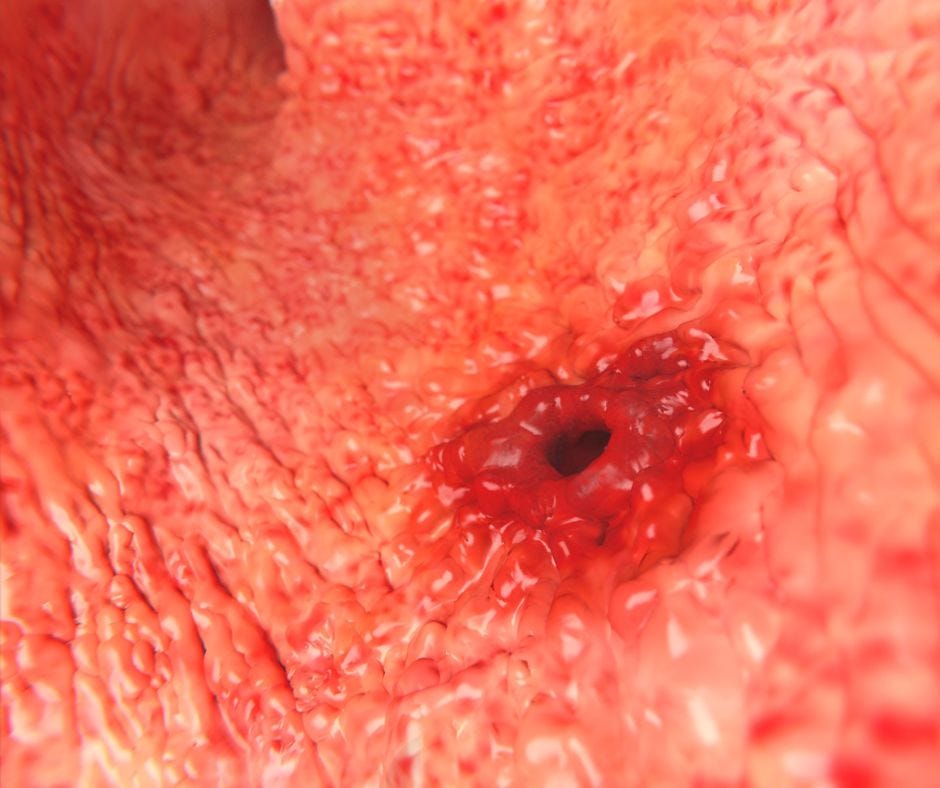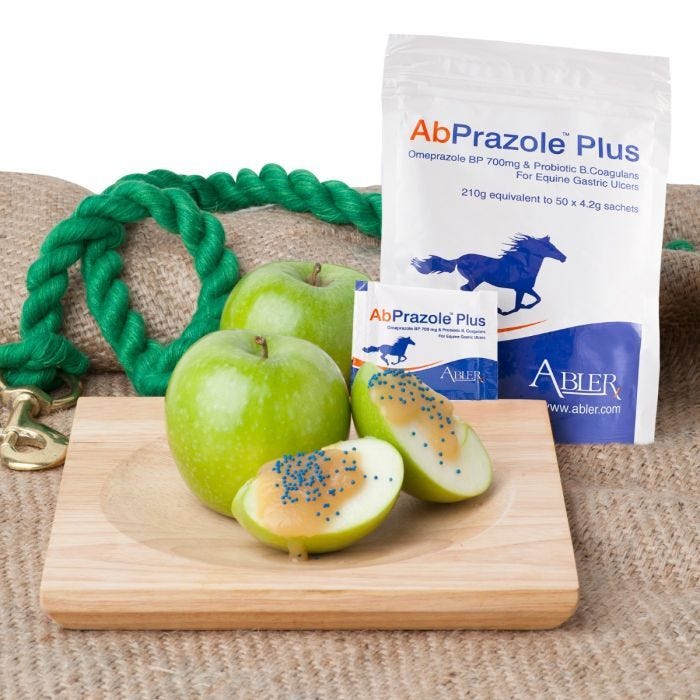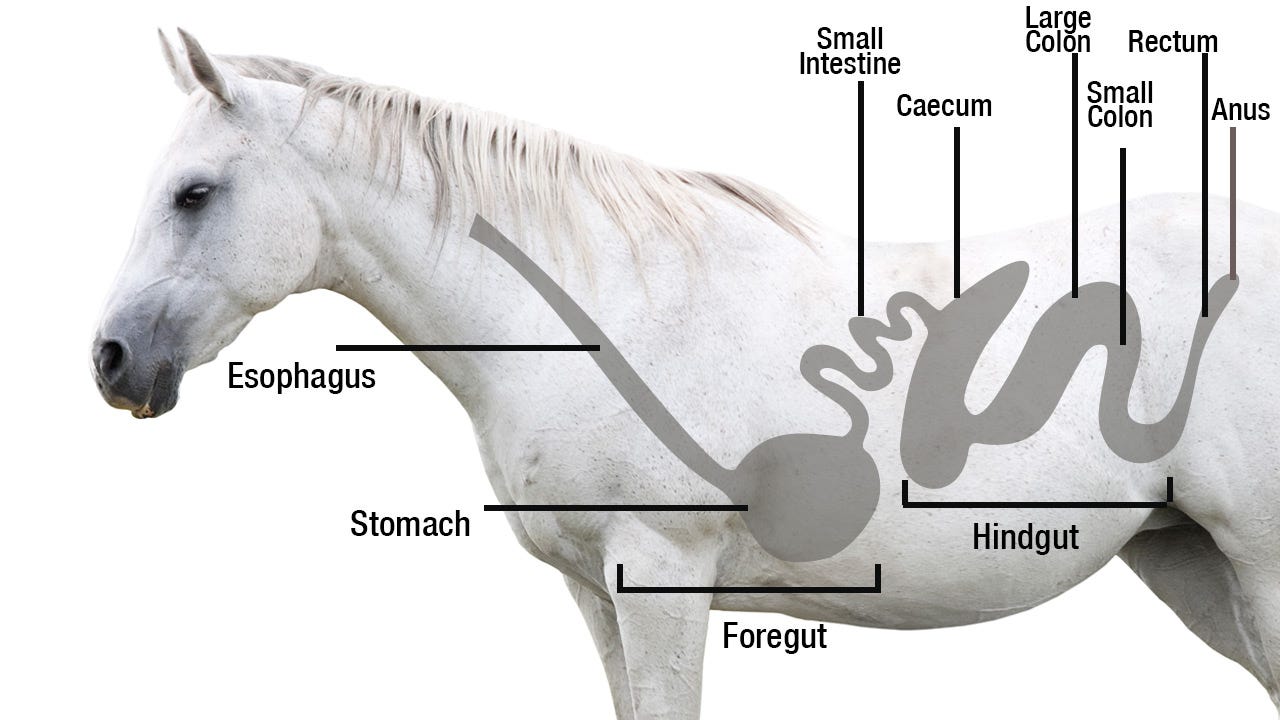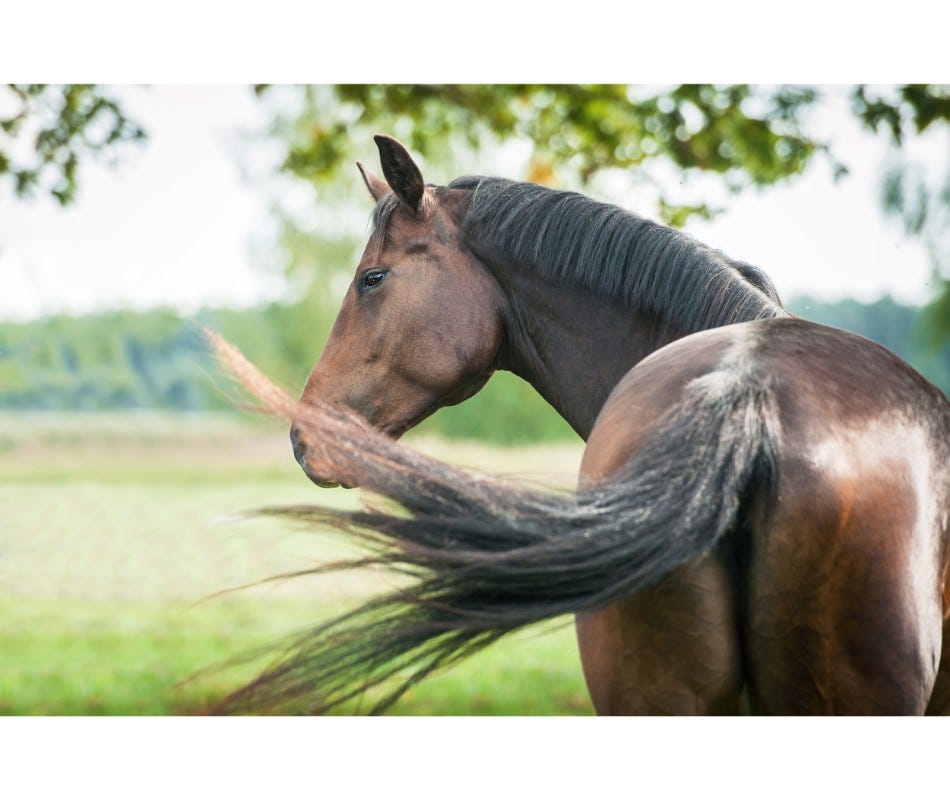We use cookies to make your experience better. To comply with the new e-Privacy directive, we need to ask for your consent to set the cookies. Learn more
Equine Parasites – Facts on the Troublemakers
Posted:
04 Jul 2012
Facts about equine parasites
It is no surprise that equine parasites have existed for thousands of years and they are sure to continue to exist due to their numbers. They can also protect themselves well enough to survive the ever-changing world. Here are some facts about equine parasites that you might be surprised to know.
Common Worms
- While most horse worms pass out eggs through manure, pinworms crawl out of the horse’s anal opening and deposit their eggs around the anal area causing irritation and itching.
- Equine parasites can only affect horses; if other animals, like cattle ingest these parasites, the parasiticlifecycle is disrupted. This can be a basis for developing an effective worming program.
- The larvae of small strongyles or redworms encase themselves in protective coating when they adhere to the intestinal lining of the horse and this protects them from the attacks of the natural immune system as well as many equine dewormers.
- Strongyles or redworms (both large and small) are the most destructive of all equine parasites.
- The encysted stage of small redworms is the most challenging threat to deal with.
- On a single blade of grass, there are about 100 strongyle larvae that can be found.
- Adult large redworms have sharp teeth in their mouth and they use these to attach themselves on the intestinal wall and suck blood from the horse.
What are Bots?
- Bots are larvae of botflies.
- Botflies do not bite; their purpose is to lay eggs on the horse’s hair.
What are roundworms
- The roundworm is capable of laying hundreds to thousands of eggs every day; these eggs are coated with sticky protein which helps them stick to anything they come in contact with, including walls of stables and the horse’s hair coat.
- The eggs of a roundworm are protected by a thick shell that can survive for as long as a decade.
- It is common for foals and young horses to be attacked by roundworms but usually they develop natural immunity against these parasites by the time that they are about 2 months old.
What are Tapeworms?
- Tapeworms are transmitted to horses via orbatid mites, which carry the larvae of tapeworms.
- Tapeworms are common equine parasites and a typical equine tapeworm grows to about a half-inch long; while some can grow to an inch long.
- Other tapeworms can grow up to 3 feet in length.
Which dewormer?
Equine parasites have developed over many centuries and they have adapted well with the conditions of the environment. The best horse wormer, when used properly, can still work against hard-to-control parasites. Abler can provide you with all your deworming needs with new easy-to-use deworming granule products - AbIver™ (ivermectin), AbFen™ (fenbendazole) and more. Choose Abler as your trusted provider for equine dewormers.









Validate your login